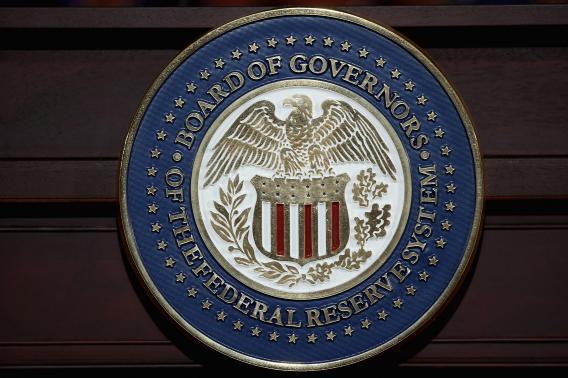John Taylor’s op-ed alleging that recent monetary stimulus from the Federal Reserve is actually contractionary is so deeply wrong that I can’t tackle it all, but read Miles Kimball if you want a thorough refutation. I want to focus on one specific thing that Taylor has in common with other less-unhinged critics of Ben Bernanke, namely a concern about what happens when the Federal Reserve unwinds the large balance sheet of financial assets it’s built up with various Quantitative Easing programs.
“People recognize that the Fed will eventually have to reverse course,” Taylor writes, because “when the economy begins to heat up, the Fed will have to sell the assets it has been purchasing to prevent inflation.”
A lot of people seem to think the Fed will sell these assets, but they certainly don’t have to. Banks are required to hold “reserves” either at the Fed or in their vaults rather than lending all their money out. Right now, however, banks are holding vast stocks of excess reserves. That’s money they aren’t lending but don’t need to hold. Currently, excess reserves earn a tiny interest rate. If in the future banks lose interest in holding excess reserves and that’s causing the economy to overheat, the Fed can re-contract the economy by raising the interest rate on excess reserves. Indeed, the stated rationale for the moderately misguided 2008 policy of starting to pay interest on excess reserves was precisely to lay the groundwork for this policy. Now maybe that’s not what the Fed will do. Maybe they’ll sell assets. But they certainly don’t have to sell assets.
